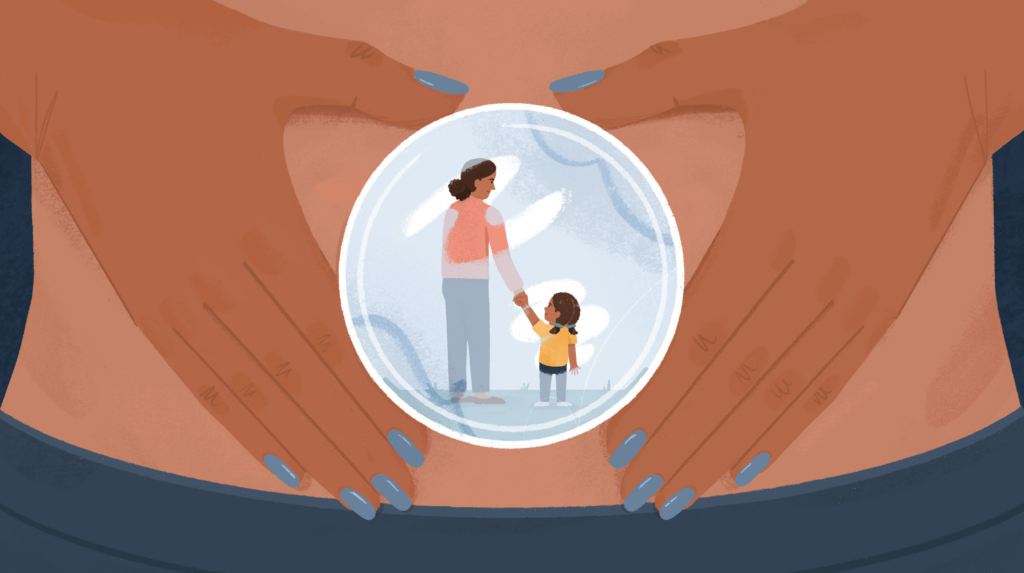
January 24, 2020 at 01:00AM by CWC
With probiotics, prebiotics, and bone broth on everyone’s minds these days, it’s no secret that gut health has become one of the biggest focal points of the health and nutrition world.
A key player at the center of the good gut conversation: fiber. From helping to ease inflammation to supporting a more vibrant complexion, fiber is pretty much a health unicorn, particularly for your digestive system. It helps move food through your system smoothly and regularly while feeding the good bacteria in your gut.
However, in some very, very specific circumstances, fiber may actually do more harm than good. In fact, there’s a diet out there that actually tells you to eat less of the stuff. But…why? (It just seems so wrong!) Don’t panic just yet; here’s what gut health gurus have to say about the low-residue diet.
What is a low-residue diet?
ADVERTISEMENT
ADVERTISEMENTKate Spade Autumn/Winter Sale |
Seemingly the exact opposite of what current diet advice tells us (all the veggies! All the fiber!), a low-residue diet is all about limiting fiber—and other hard-to-digest foods, like fats—as much as possible, says naturopathic doctor Kasey Nichols, ND.
In addition to all-but-eliminating fats, “a low-residue diet aims to keep daily fiber intake to below 10 to 15 grams,” Dr. Nichols says. (That’s less than the fiber you get in a cup of black beans…) That’s roughly half of the usual daily recommended intake of fiber.
The goal: To minimize residue—which refers to fiber and other particles that are not digested and absorbed in the small intestine and move onto the large intestines to form, well, poop. “A low-residue diet decreases the total amount of stool while simultaneously reducing the frequency of bowel movements,” says Dr. Nichols.
Here’s some gut health 101 for you, straight from an expert:
Why would someone ever eat this way?
Let’s get something super clear up-front: This is not an eating plan that most healthy adults should follow. But doctors sometimes prescribe it to people with specific health issues.
“When you’re having intestinal issues, fiber and fat may be harder for your digestive tract to process,” says Shilpa Ravella, MD, a board-certified gastroenterologist with Columbia University Medical Center in New York City. “The goal of this diet is to rest the GI tract and reduce GI symptoms.”
Per Dr. Nichols, low-residue diets are typically used in people with inflammatory bowel diseases, like Crohn’s and ulcerative colitis, who are experiencing symptoms such as intestinal cramping, and fatigue. In more acute cases of these conditions, fiber—and the effort of moving it through the digestive system—can do more harm than good.
In addition to people with IBD, low-residue diets are also often used before procedures like colonoscopies and after abdominal surgeries, either to “clean out” the digestive system or create an environment conducive to healing. “Since a low-residue diet decreases strain on the digestive tract, it gives the intestines time to start the healing process after gastrointestinal surgery, which is why surgeons often recommend it,” adds Dr. Nichols.
What do people eat on a low-residue diet?
Unsurprisingly, a lot of the foods recommended on low-residue diets are pretty darn bland (and far from the colorful plant-based eats currently in the spotlight).
According to Dr. Ravella, your go-to’s on a low-residue diet are:
- Low-fiber grains (white rice, polenta, white pasta, corn tortillas, white bread)
- Low-fiber cooked vegetables (potatoes, squash, zucchini, pumpkin)
- Low-fiber peeled or canned seedless fruit (bananas, grapefruit, grapes, strawberries)
- Limited fat-free dairy, if well-tolerated (milk, yogurt, cheese)
- Plain, lean proteins (chicken, turkey, fish, eggs)
Pretty much anything not on the list of super low-fiber and low-fat foods is a no-go on a low-residue diet. That includes all sorts of healthy foods, like whole grains, raw fruits and vegetables, nuts, seeds, and legumes, says Dr. Ravella. Since spicy foods, processed foods, caffeine, and alcohol, can also strain the digestive system, Dr. Ravella recommends avoiding them, too.
ADVERTISEMENT
ADVERTISEMENTSports Direct Free Delivery on All Orders! |
Sound very beige? It is. An average day of low-residue eating might look like:
Breakfast:
- Glass of milk or cup of yogurt
- Eggs
- Slice of white toast with seedless jelly
- Canned pears
Snack:
- Plain yogurt
Lunch:
- Tomato soup
- White crackers
- Canned tuna and avocado sandwich on white bread
- Canned applesauce
Dinner:
- Grilled cheese on white bread
Low-residue diet precautions to keep in mind
As comforting as grilled cheese and jellied toast may seem, low-residue diets are incredibly restrictive (and in a not-so-nutritious way), which is why doctors typically only use them as a short-term intervention.
“Low-residue diets are meant for short-term use because many of the foods you have to avoid on them are actually very good for you,” says Dr. Ravella. “Fiber from whole foods, for example, is crucial for health, so getting back to eating whole grains, legumes, nuts, and seeds is important.”
Low-residue eaters also fall short on all sorts of vitamins and minerals—especially vitamin C and folic acid, says Dr. Nichols. For that reason, “individuals on a low-residue diet for more than two weeks may need to supplement with a quality multivitamin,” he says.
Thankfully, this eating plan is only meant to be temporary. Before procedures like colonoscopies, people typically only follow a low-residue diet for two days or so, Dr. Nichols says. In the case of IBD or post-surgery recovery, though, they may kiss fiber and fat goodbye for two to three weeks. “This typically allows enough time for an acute flare-up to resolve,” he says.
So…who should try this?
Because of the restrictive nature of a low-residue diet, and the serious conditions and procedures it’s typically utilized for, consult with your doctor before giving it a try—especially if you plan on eating only fiberless foods for more than a couple of days, says Dr. Ravella. “Working with a doctor while changing your diet can help circumvent avoidable problems, like becoming vitamin deficient,” agrees Dr. Nichols.
Bottom line: While sticking to soup and toast for a day or two after a gnarly stomach virus can certainly help your aggravated system settle down, eating nothing but white bread for the foreseeable future is no solution for IBD or other chronic digestive issues.
Looking for some healthier eating plans for gut issues? Here’s what to know about the low-FODMAP diet. And here’s why you should think twice about a dairy-free, gluten-free diet.
ADVERTISEMENT

ADVERTISEMENT
Anya Hindmarch - I AM A PLASTIC BAGAuthor Lauren Del Turco | Well and Good
Selected by CWC

ADVERTISEMENT
ADVERTISEMENTUp to 30% off Gift Sets |







